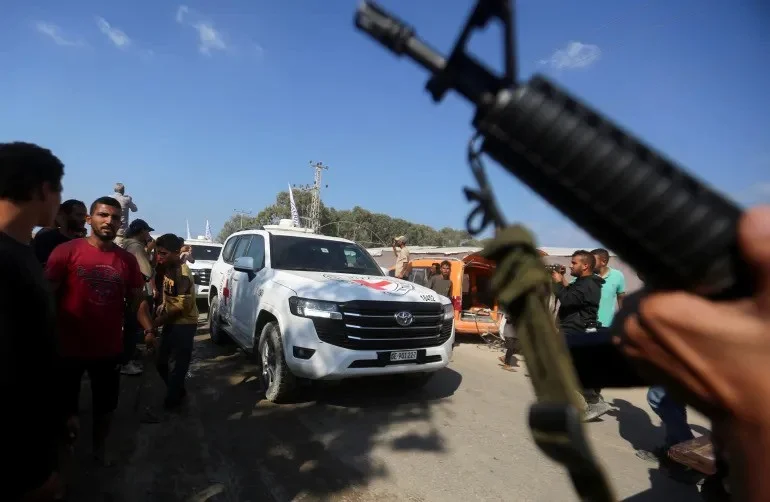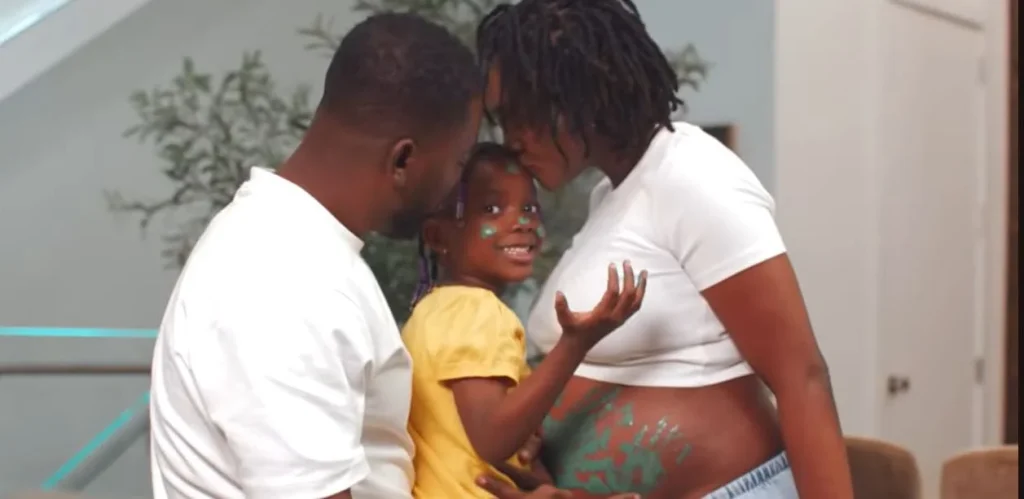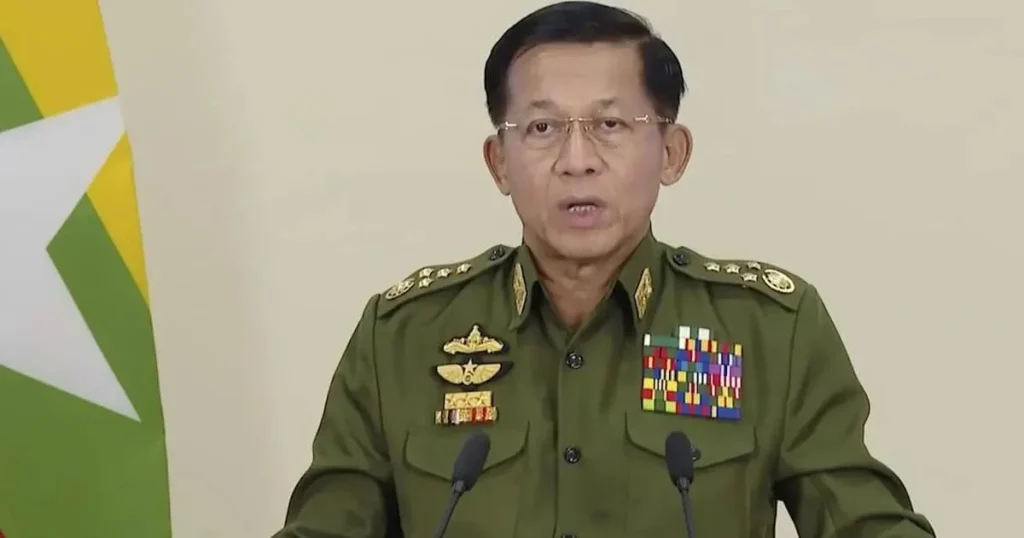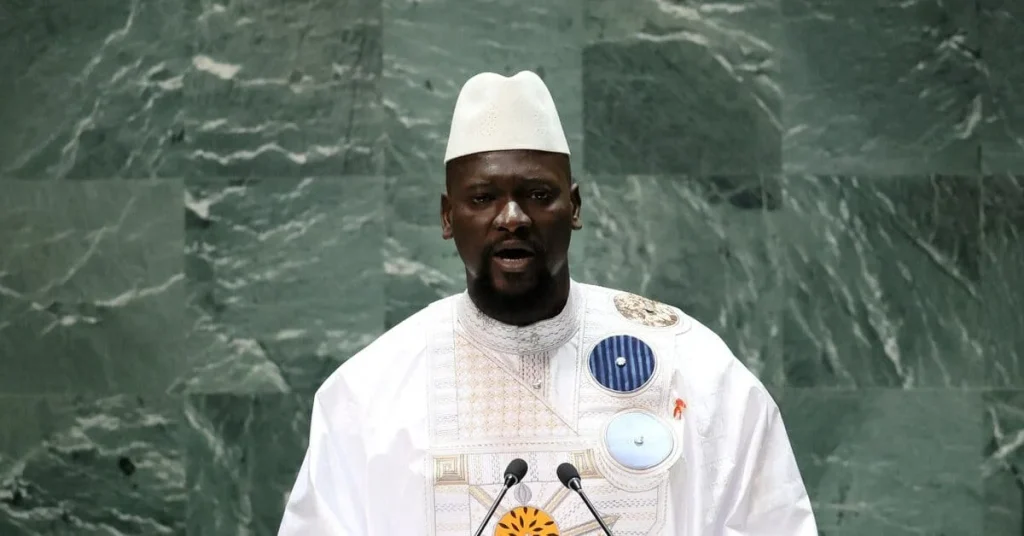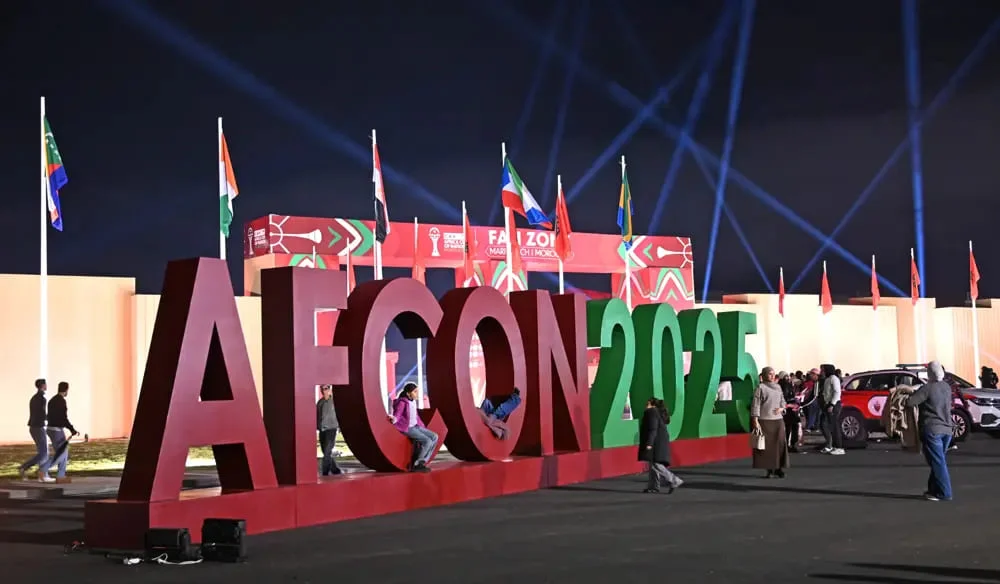A temporary Israel-Hamas ceasefire began on October 13, 2025, halting two years of devastating warfare. The agreement, brokered after intense negotiations, centers on a significant exchange of hostages and prisoners, raising cautious optimism for stability in the region.
Hostages Released Under the Deal
As part of the truce, 20 Israeli hostages were freed on Monday.
They were immediately taken for medical assessments before reuniting with their families.
Officials described the release as a “turning point” in the ongoing peace process and one of the first visible signs of progress since talks resumed.
Return of Bodies Still Pending
The ceasefire also covers the return of 28 deceased hostages.
However, authorities have yet to confirm when these bodies will be transferred.
Families continue to seek clarity, hoping the ceasefire brings closure along with peace.
Over 1,900 Palestinians Freed
In return, Israel released more than 1,900 Palestinian detainees, marking one of the largest prisoner exchanges in recent years.
Crowds in Ramallah and Gaza welcomed the freed prisoners amid scenes of jubilation.
Analysts say this move could help build trust—if both parties maintain restraint under the Israel-Hamas ceasefire.
Two Years of Conflict and Loss
The war erupted on October 7, 2023, when Hamas launched a deadly assault that killed 1,200 Israelis and kidnapped 251.
Israel’s military campaign in response led to 67,000 Palestinian deaths, leaving widespread destruction and grief across Gaza.
Humanitarian Conditions Deteriorate
According to Gaza’s Health Ministry, nearly half of those killed were women and children.
More than 90% of Gaza’s residents remain displaced, while famine threatens millions.
Consequently, humanitarian aid and medical supplies are at the forefront of the Israel-Hamas ceasefire efforts.
Leadership and Governance Challenges
Uncertainty surrounds who will govern Gaza once the truce holds.
Hamas’s future role remains a sticking point, with rival factions vying for control.
Therefore, long-term peace will depend on resolving political divisions alongside security issues.
Regional Tensions and U.S. Involvement
The conflict’s ripple effects extend across the Middle East.
Protests and diplomatic clashes have erupted globally, while Israel rejects genocide accusations.
Meanwhile, U.S. President Donald Trump has arrived in the region to facilitate discussions on reconstruction and lasting peace under the Israel-Hamas ceasefire.
Hope Amid Uncertainty
Despite skepticism, this ceasefire offers a fragile opening for diplomacy and recovery.
Sustained humanitarian aid, political compromise, and regional cooperation will determine whether Gaza moves toward peace—or returns to violence once again.
________________________________________________


